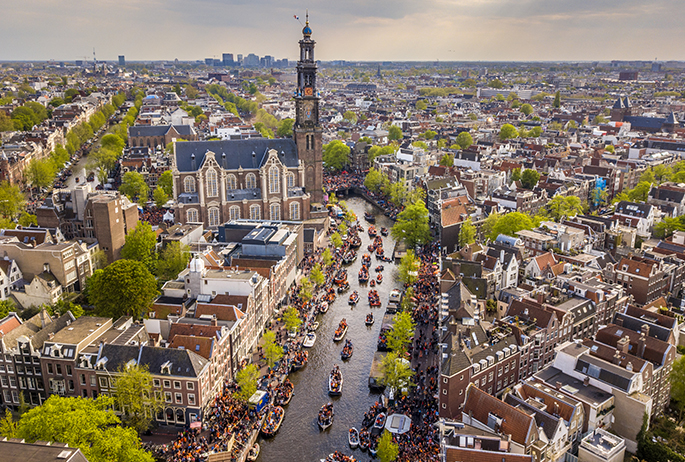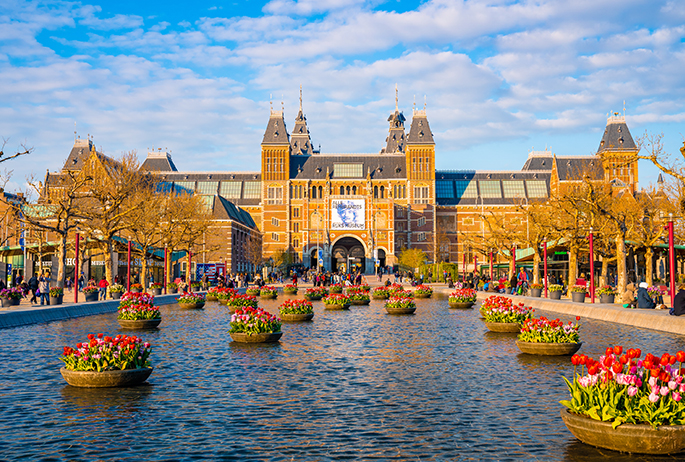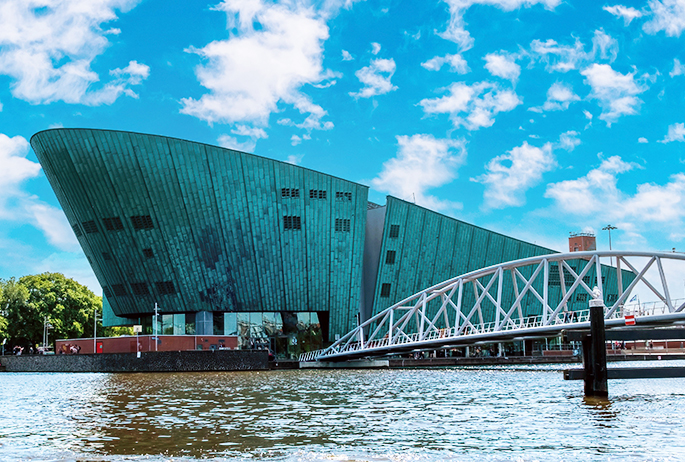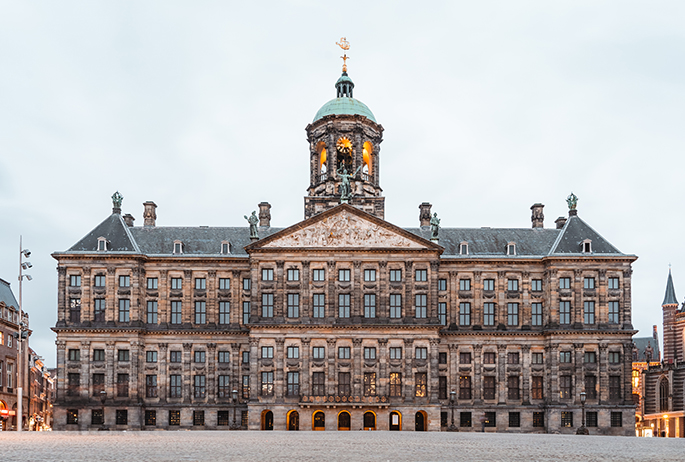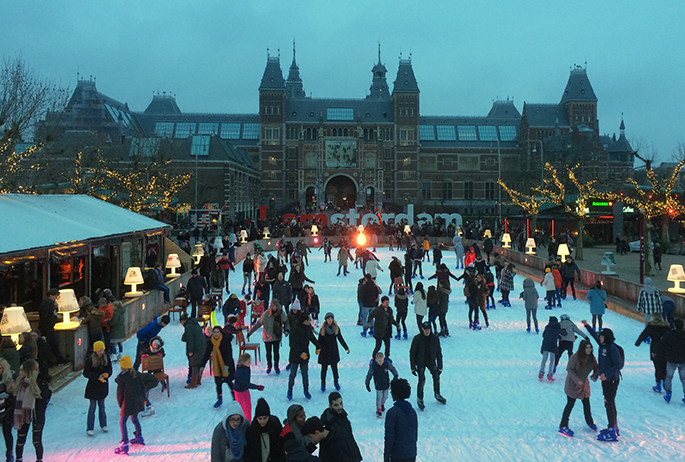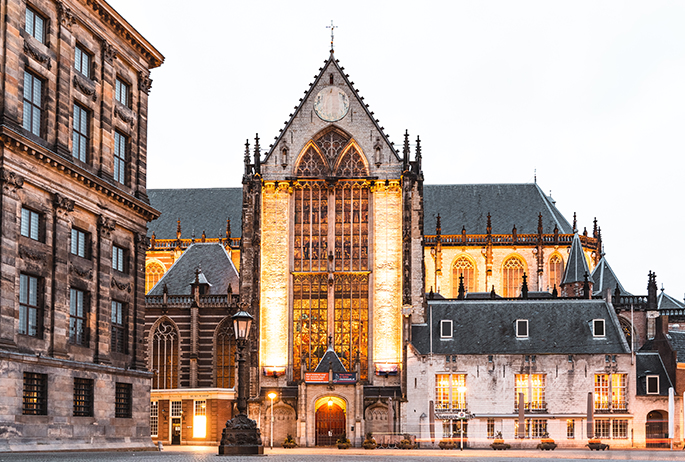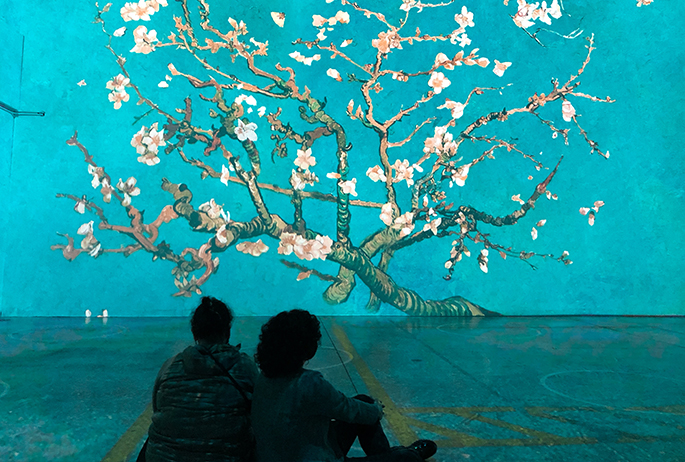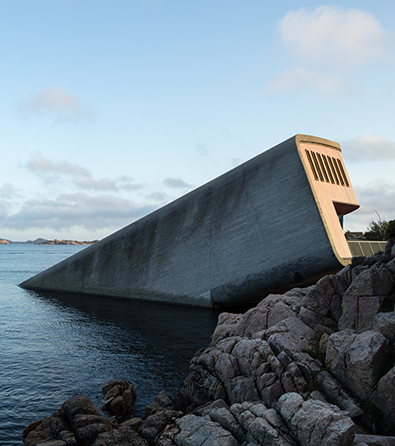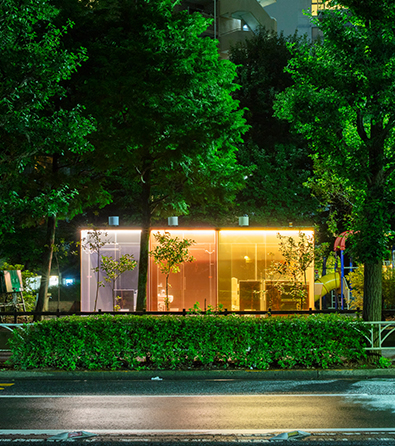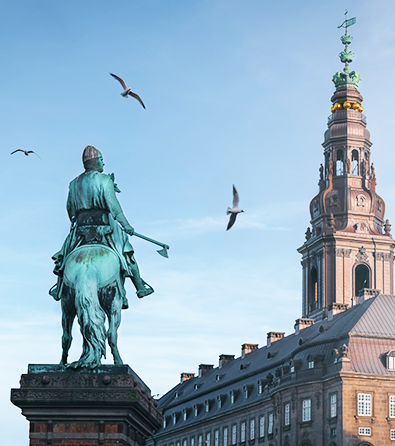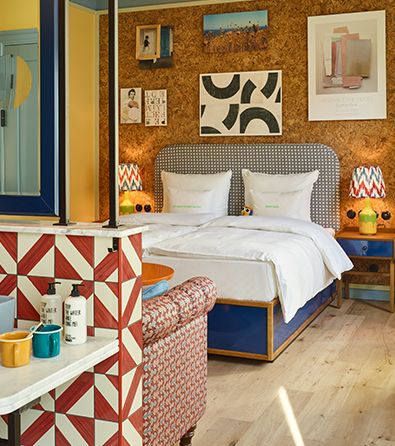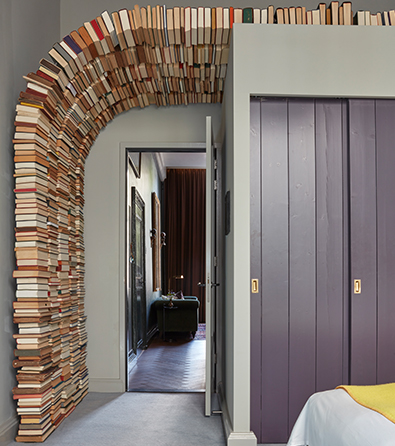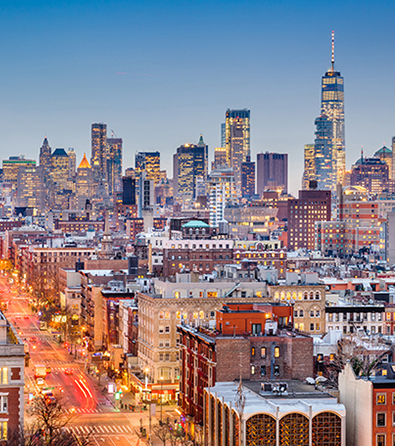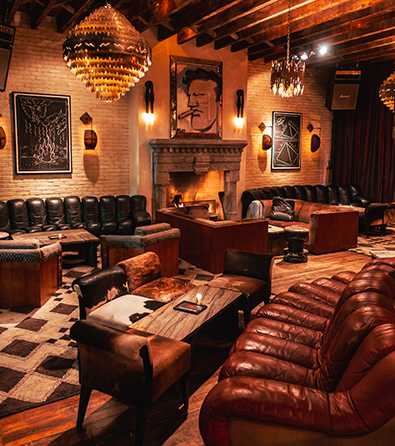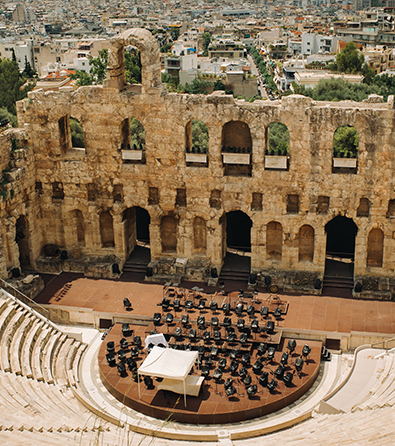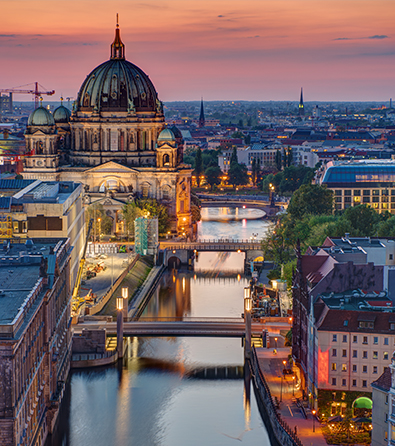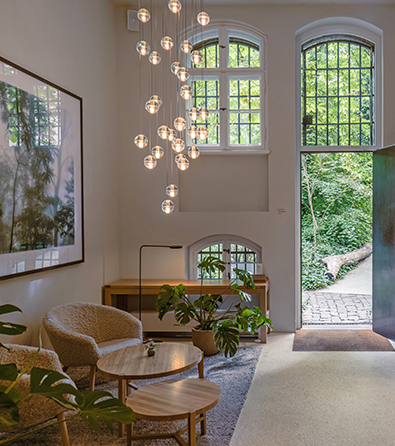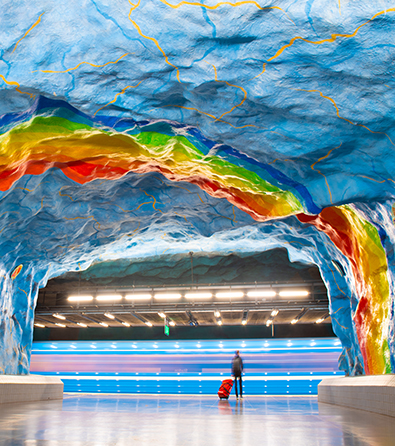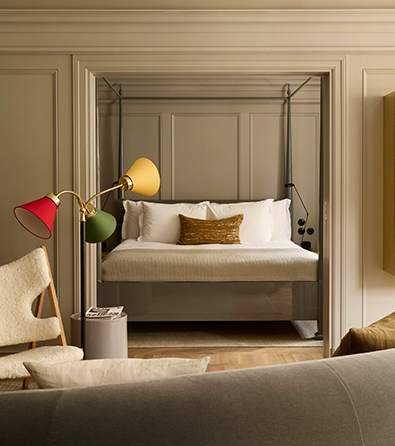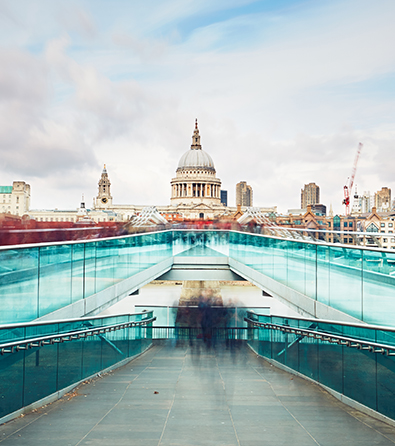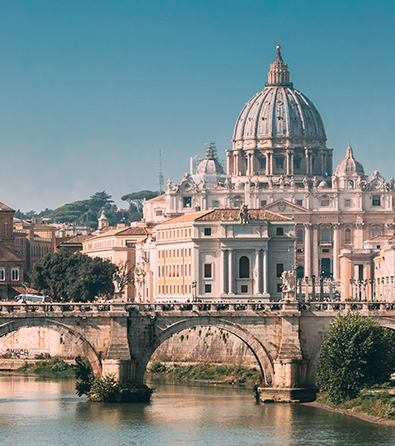Amsterdam is a city where centuries of art and design meet contemporary innovation. From the Dutch Golden Age masters like Rembrandt and Vermeer to the De Stijl movement and today’s thriving creative scene, Amsterdam continues to inspire with its bold mix of heritage and modernity. With world-class museums, design studios, and cultural hotspots, it’s a must-visit destination for art and design lovers.
To access our exclusive Amsterdam Treasure Map, simply click the attached link and become a Culture Treasures member. The map pins every place in this guide and adds bonus cafés, boutiques and cultural venues. Planning your stay? Explore our guide to the best design hotels in Amsterdam, along with our curated urban travel essentials and long flight essentials for a comfortable journey.
Art Museums:
Stedelijk Museum (Museumplein / Amsterdam-Zuid)
Why go: Amsterdam’s museum for modern and contemporary art and design, strong in De Stijl, Bauhaus, CoBrA, and international contemporary.
Tip: Weekends get busy, book timed entry. The white “bathtub” wing on Museumplein hosts major temporary shows.
Stedelijk Museum Amsterdam presents modern and contemporary art and design from the late 19th century to today. The collection includes about 100,000 works and objects, with notable holdings in De Stijl (Mondrian, Rietveld), Bauhaus, CoBrA, and a significant Malevich group. Displays span painting, sculpture, photography, graphic and industrial design across the original 1895 building by A. W. Weissman and the 2012 extension by Benthem Crouwel, nicknamed the “Bathtub.”
Rijksmuseum (Museumplein / Amsterdam-Zuid)
Why go: The Netherlands’ national museum, home to Rembrandt’s The Night Watch and a world-class survey of Dutch art and history.
Tip: Book timed entry and head straight to the Gallery of Honour early or late to avoid peak crowds.
Rijksmuseum presents 800 years of Dutch art and history with about 8,000 objects on display, drawn from a collection of around one million. The museum reopened in 2013 after a decade-long renovation by Cruz y Ortiz, which restored Pierre Cuypers’ 1885 building and added a bright central atrium and the Asian Pavilion. Highlights include Vermeer’s The Milkmaid and Rembrandt’s The Night Watch at the culmination of the Gallery of Honour.
Van Gogh Museum (Museumplein / Amsterdam-Zuid)
Why go: The world’s largest collection of Van Gogh’s art, see his development up close, from early works to icons like Sunflowers and The Potato Eaters.
Tip: Timed tickets must be booked online in advance and often sell out; early or late slots are quietest.
Van Gogh Museum is dedicated to Vincent van Gogh’s life and work, presenting the world’s largest trove of his art: over 200 paintings, almost 500 drawings, and more than 750 letters, alongside works by his contemporaries. The permanent collection traces his evolution chronologically, while major temporary shows add context. Architecturally, the museum spans the Rietveld Building (main collection) and the Kurokawa Wing (exhibitions), linked by a glass entrance hall opened in 2015 for smoother visitor flow.
Rembrandt House Museum (Jodenbuurt / Centrum)
Why go: Step into Rembrandt’s restored 17th-century home and studio, with period rooms and a near-complete collection of his etchings.
Tip: Book a timed slot; it’s a short walk from Waterlooplein metro. Look for daily etching or paint demonstrations.
Rembrandt House Museum occupies the townhouse where Rembrandt lived and worked from 1639 to 1658. Rooms are furnished according to the 1656 inventory, and his studio has been reconstructed to show how he taught and worked. The museum holds an almost complete collection of Rembrandt’s etchings and exhibits them, along with works by contemporaries, in a modern wing. After a renovation and refresh completed in 2023, the route and displays offer more insight into the artist’s life and craft.
Eye Filmmuseum (Amsterdam-Noord / IJ waterfront)
Why go: The Netherlands’ museum of film and the moving image, cinemas, exhibitions, and a landmark building on the water.
Tip: From Central Station, take the free Buiksloterweg ferry; crossings run every few minutes and it’s a short walk to the museum.
Eye Filmmuseum is the national film museum and archive, housed in a 2012 building by Delugan Meissl Associated Architects opposite Central Station. Inside are four cinemas and generous exhibition spaces, including a permanent presentation on the history and techniques of cinema alongside major temporary shows and events. Nearby, the Eye Collection Centre in Amsterdam-Noord holds the archive and restoration facilities. The riverside site also offers wide views across the IJ.
Art Galleries:
Stigter Van Doesburg (Jordaan / Elandsstraat)
Why go: Influential contemporary program showing emerging and established artists in an intimate Jordaan space.
Tip: Open Wed–Fri afternoons and Saturday; check the current show before you go.
Stigter Van Doesburg presents a focused rotation of solo and group exhibitions across painting, sculpture, and installation. The gallery sits on Elandsstraat in the Jordaan and keeps compact afternoon hours mid-week and Saturday, making it an easy add to a 9 Streets/Jordaan gallery stroll.
Annet Gelink Gallery (Jordaan / Laurierstraat)
Why go: Leading Amsterdam gallery since 2000 with a strong international roster and a dedicated project space, The Bakery.
Tip: Public hours run mid-week and Saturday; The Bakery downstairs often hosts younger artists, check both spaces.
Annet Gelink Gallery shows contemporary art across media and is known for discovering and supporting artists early. The main street-level galleries are complemented by The Bakery, a project space that extends the program with experimental presentations.
Upstream Gallery (Centrum / Kloveniersburgwal)
Why go: Pioneering platform for conceptual, digital, and post-internet art, including net-art and new-media commissions.
Tip: Standard hours are Wed–Sat afternoons; summer periods can be by appointment, check before visiting.
Upstream presents exhibitions and initiatives that bridge online and offline practice, with artists known for web-based and digital work alongside installations, prints, and tapestries. The canal-side space near Nieuwmarkt anchors a program that engages technology and contemporary culture.
Galerie Fons Welters (Jordaan / Bloemstraat)
Why go: Seminal Amsterdam gallery with a four-decade legacy of championing experimental installation and sculpture.
Tip: Typical hours Tue–Sat afternoons; note the gallery is scheduled to close in September 2025, confirm current status.
Founded in the mid-1980s and in its Bloemstraat space since 1989, Fons Welters built a reputation for presenting ambitious exhibitions and supporting artists from early in their careers. Its dual front/back spaces often host simultaneous shows.
W139 (Centrum / Warmoesstraat)
Why go: Artist-run production and presentation space (since 1979) in the Old Centre, big rooms for experimental shows.
Tip: Exhibitions usually open Wed–Sun daytime; pair with a walk through the nearby medieval streets.
W139 occupies a former printing house on Warmoesstraat and operates as a platform for new work, collaborations, and public programs. Expect changing installations and group shows with a DIY spirit in the heart of the city.
P/////AKT (Eastern Docklands / Pakhuis Wilhelmina)
Why go: Non-profit space focused on large-scale solo projects that unfold over time.
Tip: During exhibitions, it’s typically open Thu–Sun afternoons; the entrance is around the corner on Veemkade.
P/////AKT relocated its exhibition space to Pakhuis Wilhelmina in the Eastern Docklands, while maintaining studios at Zeeburgerpad. The program emphasizes context-driven commissions and sustained research with each invited artist.
KochxBos Gallery (Jordaan / Eerste Anjeliersdwarsstraat)
Why go: Boutique gallery known for pop-surreal, lowbrow, and figurative currents, colorful, graphic, and collectible.
Tip: Hours vary by exhibition; the compact space fits nicely into a Jordaan gallery loop.
KochxBos presents a distinctive program of pop-surrealism and related currents, with tightly curated solo shows and editions. The gallery and adjacent design studio share a Jordaan address just off Elandsgracht.
Mediamatic (Oosterdok / Dijksgracht)
Why go: Art-science cultural centre with exhibitions, workshops, and experiments that explore technology, ecology, and design.
Tip: It’s a short waterside walk from Central Station; some events require tickets, check the calendar.
Mediamatic’s “Biotoop” complex at Dijkspark includes exhibition spaces, labs, and event rooms overlooking the Oosterdok. Programs range from bio-design and fermentation to interactive artworks and research residencies.
Radar Architecture & Art (Jordaan / Rozengracht area)
Why go: Small, architect-led gallery showing city-rooted contemporary art and design dialogues.
Tip: Open mainly during exhibitions on Fri–Sat afternoons or by appointment; check ahead.
Founded in 2008 by architect Marco di Piaggi, Radar stages compact exhibitions linking art, architecture, and urban culture. Shows pop up in a modest Rozengracht-area space with limited public hours.
De Ateliers (Museum Quarter / Amsterdam-Zuid)
Why go: Prestigious post-academic studio program; visit during the annual Offspring open-studios exhibition to see emerging artists at work.
Tip: Public access is mainly during Offspring in late spring, check the current year’s program; it’s a short walk from Museumplein.
De Ateliers is an independent artists’ institute offering a two-year studio and tutoring program for about twenty early-career artists. Founded by artists in 1963 as Ateliers ’63 in Haarlem, it later moved to Amsterdam and now occupies a monumental building on Stadhouderskade near the Rijksmuseum. The program centers on weekly one-to-one studio visits with renowned artists and guest tutors, with occasional talks and seminars. Its public face is Offspring, the annual exhibition that temporarily opens the studios; additional events and screenings sometimes take place in Woonhuis, the on-site project space.
Rijksakademie (Sarphatistraat / Amsterdam-Oost)
Why go: International two-year post-academic residency, best visited during Open Studios to see new work by emerging artists.
Tip: Public access is mainly during Open Studios (typically late May during Amsterdam Art Week); check the current year’s dates.
Rijksakademie offers around fifty artists two years of studio space, technical workshops, and one-to-one studio visits with visiting advisors to support research, experimentation, and new production. Founded in 1870 by King William III, it occupies a former cavalry barracks on Sarphatistraat near Muiderpoort. The residency’s public moment is Open Studios, when residents present work across the building alongside performances, talks, and screenings. For a deeper dive into its offerings and history, please refer to our in-depth article about The Rijksakademie.
Design:
Amsterdam’s design scene is just as impressive as its art scene, with a range of design studios, shops, and exhibitions showcasing cutting-edge design concepts and innovative solutions. The Nine Streets neighborhood, or De Negen Straatjes, in Amsterdam’s city center, is a charming area with picturesque canals, trendy restaurants, and boutique shops. Named after the nine narrow streets that create an intimate atmosphere, it’s a popular destination for shoppers seeking unique and one-of-a-kind finds, including vintage clothing stores, independent boutiques, and artisanal shops. The neighborhood is also home to several art galleries, making it a great spot for art lovers.
Droog (Staalstraat / Centrum)
Why go: Iconic Dutch conceptual design label in a 17th-century building, gallery, shop, café, and changing programs under one roof.
Tip: Parts of the space host events; hours can vary, check the program before you go.
Droog is a cornerstone of Amsterdam’s design scene, known since the 1990s for playful, concept-driven work. The Staalstraat complex combines exhibition spaces, a design archive, a café, and a shop with Droog icons, plus a small courtyard garden. Rooms are reconfigured for shows and events, so the experience changes across the year.
The Frozen Fountain (Prinsengracht / Canal Ring)
Why go: Long-running design gallery and shop mixing contemporary furniture with artful, limited editions.
Tip: Open Tuesday–Saturday during the day; Sundays/Mondays are typically closed or by appointment.
The Frozen Fountain presents new and established designers in staged interiors that feel more like a gallery than a store. Expect furniture, textiles, and objects alongside small exhibitions and special commissions, an influential platform for Dutch and international design on Prinsengracht.
Moooi Store Amsterdam (Utrechtsestraat / Canal Belt)
Why go: Brand store and mini-showroom for Moooi’s lighting, furniture, carpets, and wallcoverings, high impact, “a life extraordinary.”
Tip: Public opening is usually Friday–Saturday; mid-week visits are by appointment, plan ahead.
Moooi’s Amsterdam store offers a multisensory browse through the label’s collection, with signature lights and statement furniture set in room-like vignettes. The brand moved its Amsterdam store to Utrechtsestraat, where staff can advise on materials, finishes, and custom options.
Pols Potten Brand Store (Jordaan / Westerstraat)
Why go: Bold, playful Dutch designת colorful ceramics and glass, furniture, and home accessories in a bright brand space.
Tip: You’ll often find seasonal displays and larger pieces on the floor; ask about delivery and finishing options.
Pols Potten’s brand store in the Jordaan gathers its eclectic home collection, from sculptural vases to lounge furnitureת under one roof. It’s a good stop for eye-catching pieces that read “Amsterdam design” without feeling precious.
Vlieger Papier (Amstel / Centrum)
Why go: Historic paper and art-supply shop (since 1869) with an exceptional range of papers, tools, and bookbinding materials.
Tip: Bring measurements; many sheets can be cut to size, and staff can advise on weights and uses.
Vlieger is a beloved resource for designers, illustrators, and paper lovers. Shelves hold everything from Japanese washi and marbled papers to card stock, envelopes, cutting tools, and adhesives, great for creative travelers who want materials you won’t find elsewhere.
Waag Futurelab (De Waag / Nieuwmarkt, Centrum)
Why go: Historic city gate turned weigh house and guildhall, now a public research institute where art, design, and technology meet.
Tip: Public access is mainly via talks, workshops, and “open” evenings; check the current program. It’s on Nieuwmarkt, a few steps from the metro.
Waag Futurelab is a cultural public research institute housed on the upper floors of De Waag, Amsterdam’s former St. Anthony’s Gate (built 1488) and the city’s oldest surviving non-religious building. The gate became a weigh house in 1617 and later hosted several guilds, including the surgeons—whose Theatrum Anatomicum was added in the late 17th century. Today Waag focuses on critical reflection on technology and social design through research, public programs, and maker labs, continuing the building’s centuries-long role as a place of learning and experiment.
Vintage Delight:
Start at Episode, a staple with multiple branches, including in the Nine Streets and at Waterlooplein, stocked with racks of denim, workwear, and pieces from the 1970s to 2000s; swing by Laura Dols in the Nine Streets for retro finds and a specialty vintage bridal selection (the main shop is walk-in, with a separate bridal atelier by appointment); Zipper runs two solid spots, one in the Nine Streets and another on Haarlemmerstraat, great for denim jackets, retro tees, and accessories; Bij Ons Vintage mixes branded sportswear and upcycled pieces at its Centrum locations (Nieuwezijds Voorburgwal and Reestraat near the Nine Streets); for designer and high-quality picks, Marbles Vintage & Design has several stores across the city, including De Pijp (Ferdinand Bolstraat), Haarlemmerdijk, and Staalstraat, which are great for curated, label-heavy finds.
Take a Break:
For a classic Amsterdam “brown café,” Café De Pels in De 9 Straatjes has been a journalists’ and art-school hangout for nearly 50 years; for canal views, Café de Jaren has a sunny terrace on Kloveniersburgwal overlooking the Amstel; for the city’s most talked-about apple pie, queue at Café Winkel 43 on Noordermarkt; for Dutch spirits, step into Wynand Fockink, a 17th-century proeflokaal (tasting room) pouring jenevers and old Dutch liqueurs; and for a digital detox, The Offline Club runs phone-free hangouts and game nights around the city, check the current events calendar.
And Beyond:
Amsterdam Light Festival (City Centre / Canal Ring)
Why go: Winter light art transforms Amsterdam’s canals and streets into an outdoor gallery, with installations by international artists.
Tip: Book a boat tour ahead for the warm, narrated route, or follow the walking route for photos; weeknights and later slots are quieter, dress warmly.
Amsterdam Light Festival is an annual public art festival that has illuminated the canal ring each winter since 2012. Late November through mid-January, dozens of light artworks are installed along waterways and public spaces, curated around a yearly theme. You can experience the festival by water on ticketed cruises or on foot via a mapped walking route, with the lights switched on each evening. Run by a cultural foundation, the festival invites broad public participation while showcasing new work in the heart of the historic city.
NEMO Science Museum (Oosterdok / Centrum)
Why go: The Netherlands’ largest hands-on science centre in a copper-green, ship-shaped building by Renzo Piano, five floors of experiments for all ages.
Tip: Tickets use start times; weekdays after 14:00 are quieter. The rooftop square is free to access via the exterior stairs and has big city views.
NEMO Science Museum sits on the IJ waterfront at Oosterdok, a 15-minute walk from Central Station. Opened in 1997 and designed by Renzo Piano Building Workshop, the museum spreads interactive exhibits across five floors, covering themes from physics and chemistry to technology and the human body. A redeveloped rooftop terrace adds outdoor installations and space to linger, making it as appealing for families as for curious adults.
Heesterveld Creative Community (Amsterdam-Zuidoost / Bijlmer)
Why go: Colour-splashed live, work hub where studios, murals, and events have transformed a once-tough housing block into a creative hotspot.
Tip: Ride the metro to Bullewijk or Bijlmer ArenA and check for open-studio days or courtyard events.
Heesterveld Creative Community is a cultural “broedplaats” in the H-buurt of Amsterdam-Zuidoost—a cluster of 1980s housing blocks reactivated in the early 2010s as a live–work complex for artists and makers. Studios occupy former storage rooms with artist housing above, and the courtyards are wrapped in large-scale murals. Today more than 80 creatives work and live here, programming exhibitions, workshops, and neighborhood events that keep the site buzzing. It’s a short walk from Bullewijk/Bijlmer ArenA metro, making it easy to pair with other Zuidoost stops.
Gerrit Rietveld Academie (Amsterdam-Zuid / Fred. Roeskestraat)
Why go: Leading art-and-design academy with an experimental, interdisciplinary ethos—best experienced during the annual Graduation Show.
Tip: Public access is mainly during Graduation Show (early July) and the Open Day (late January); otherwise, it’s a working campus rather than a visitor museum.
Gerrit Rietveld Academie is an independent art school founded in 1924 and renamed after Gerrit Rietveld when its main Rietveld Building was completed in 1966. The modernist glass-and-concrete building (designed 1950–63) anchors a small campus that also includes the nine-storey Benthem Crouwel Building (2003) and the Fedlev expansion (2019), which links the ensemble. Teaching emphasizes experimentation and one-to-one studio guidance across fine art and design; talks, performances, and exhibitions punctuate the year, with the Graduation Show temporarily opening studios to the public.
ARTIS Amsterdam Royal Zoo (De Plantage / Centrum)
Why go: Historic 1838 zoo in the leafy Plantage quarterת with botanic gardens, aquarium, and an interesting WWII history.
Tip: Combine your visit with Micropia next door or a walk through the Jewish Cultural Quarter; weekday mornings are quietest.
ARTIS (Natura Artis Magistra) is the Netherlands’ oldest zoo, founded in 1838 and set among dozens of listed 19th-century buildings near Waterlooplein. During the German occupation, ARTIS quietly became a refuge: people in hiding—including Jews, resistance members, and young men evading forced labor—sheltered in staff areas and, at times, in animal houses; former director Armand Sunier is credited with helping provide safe hiding and food rations. Today the campus spans animal habitats, a planetarium, gardens, and the separate Micropia museum, making it a compelling stop even for non-zoo people.
Anne Frank House (Jordaan / Prinsengracht)
Why go: Visit the canal house with the Secret Annex where Anne Frank wrote her diary while in hiding, one of the most moving WWII sites in Amsterdam.
Tip: Tickets are sold online only and released weekly six weeks ahead (Tuesdays, 10:00 CET); the Annex has steep stairs and isn’t wheelchair accessible.
Anne Frank House occupies Prinsengracht 263–267 beside Westerkerk, preserving the front house and the hidden Annex where the Frank family and others lived in 1942–44. The museum route leads through period rooms and the reconstructed bookcase entrance, culminating with Anne’s original red-checked diary and other notebooks on display. Expect a compact, timed visit in an historic building with narrow passages; you can choose a standard ticket or a ticket with a short introductory program
Pathé Tuschinski (Reguliersbreestraat / Centrum)
Why go: Opulent 1921 movie palace blending Art Deco, Amsterdam School, and Art Nouveau, an icon for film lovers and architecture fans alike.
Tip: Join a guided tour to see the restored interiors up close, or book seats in the Grote Zaal for the full experience; arrive a bit early for photos.
Pathé Tuschinski was commissioned by cinema pioneer Abraham Tuschinski and designed by architect Hijman Louis de Jong, opening in 1921 near Rembrandtplein. Painstaking restorations (2000–2002, with further work in 2019–2020) brought back original murals, lighting, and ornament, while updating projection and seating. Today it operates as a first-run cinema with six screens, and in 2021, its centenary year, it received the honorary title “Royal Theater Tuschinski,” underscoring its cultural significance.
“Wake Me Up When I’m Famous” Bench (De Pijp / Frans Halsstraat 64)
Why go: Black-and-white text mural with its own bench, Amsterdam’s most-snapped street-art photo spot.
Tip: Go early to avoid queues and be mindful it’s a residential street; combine with the Albert Cuyp Market or a stroll through Sarphatipark.
“Wake Me Up When I’m Famous” was created in 2013 by Dutch brothers Rinus and Jurriaan van Hall as part of their Wall Gallery project in De Pijp. The wall and bench sit at Frans Halsstraat 64, and the simple slogan has turned the corner into a small urban icon. It’s an outdoor work on a neighborhood street, so access is free and any time; expect a short line at peak hours.
Zaanse Schans (Zaandijk / Zaanstad)
Why go: Open-air heritage village of working windmills and wooden houses that brings the Netherlands’ industrial past to life.
Tip: Take the direct train from Amsterdam Centraal to Zaandijk Zaanse Schans (about 17 minutes), then walk ~15 minutes across the bridge; entry to the village is free, but individual windmills and small museums charge modest fees.
Zaanse Schans lines the River Zaan with historic windmills, warehouses, and green-painted wooden houses, many relocated and restored to preserve the region’s craft and milling traditions. Visitors can step inside operational mills that saw timber, grind pigments and spices, and press oils, and watch demonstrations like clog-making and cheese-making. The site is open year-round, with most windmills welcoming visitors primarily from April to October. It’s an easy half-day trip from Amsterdam and a favorite for families and photographers alike.
With the interactive map below, you can compare all available accommodation options in the city and find the best prices from a variety of leading providers.
